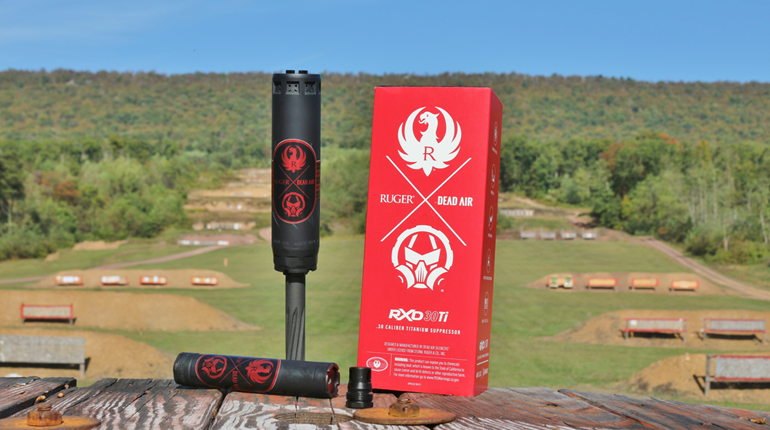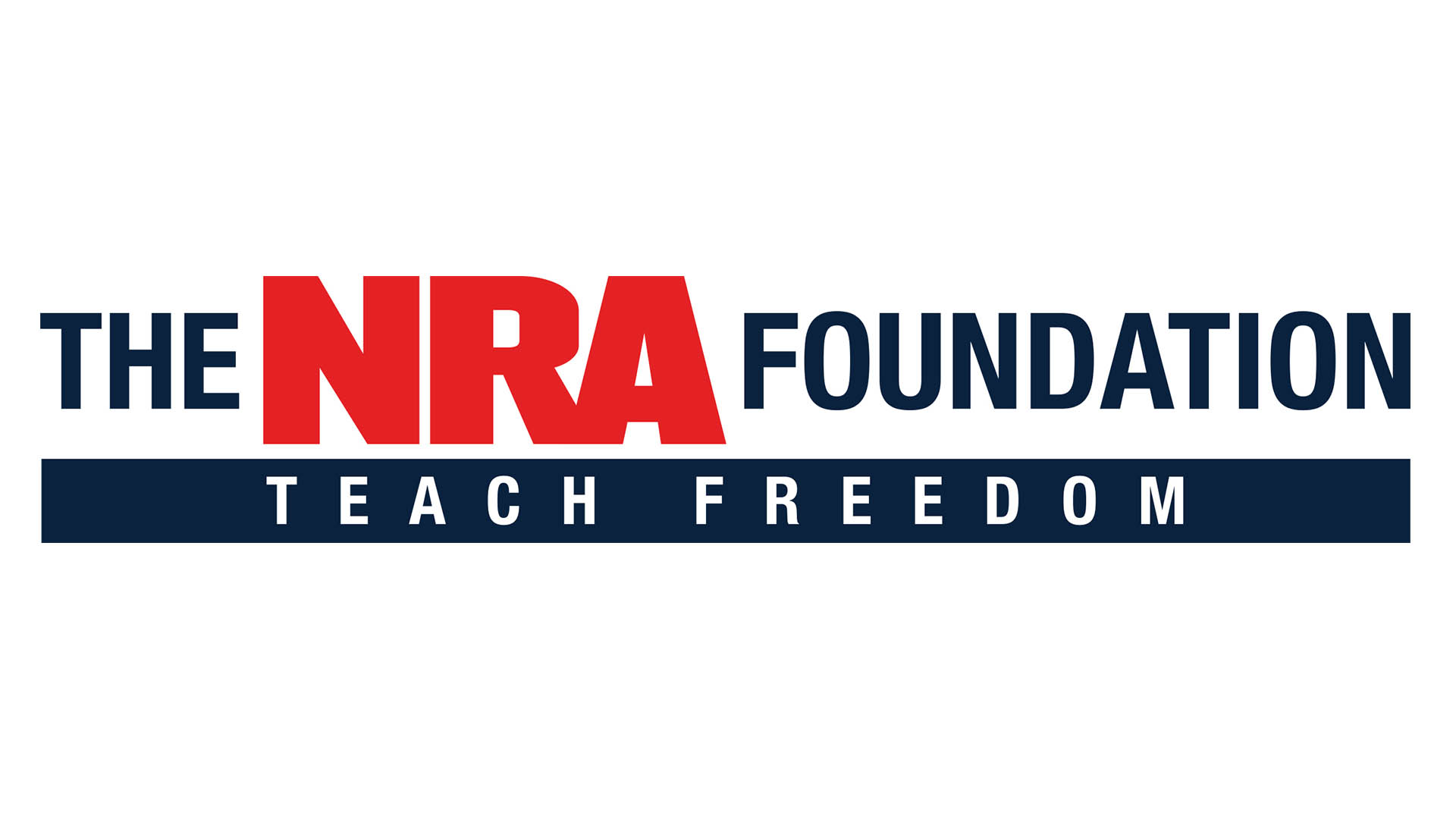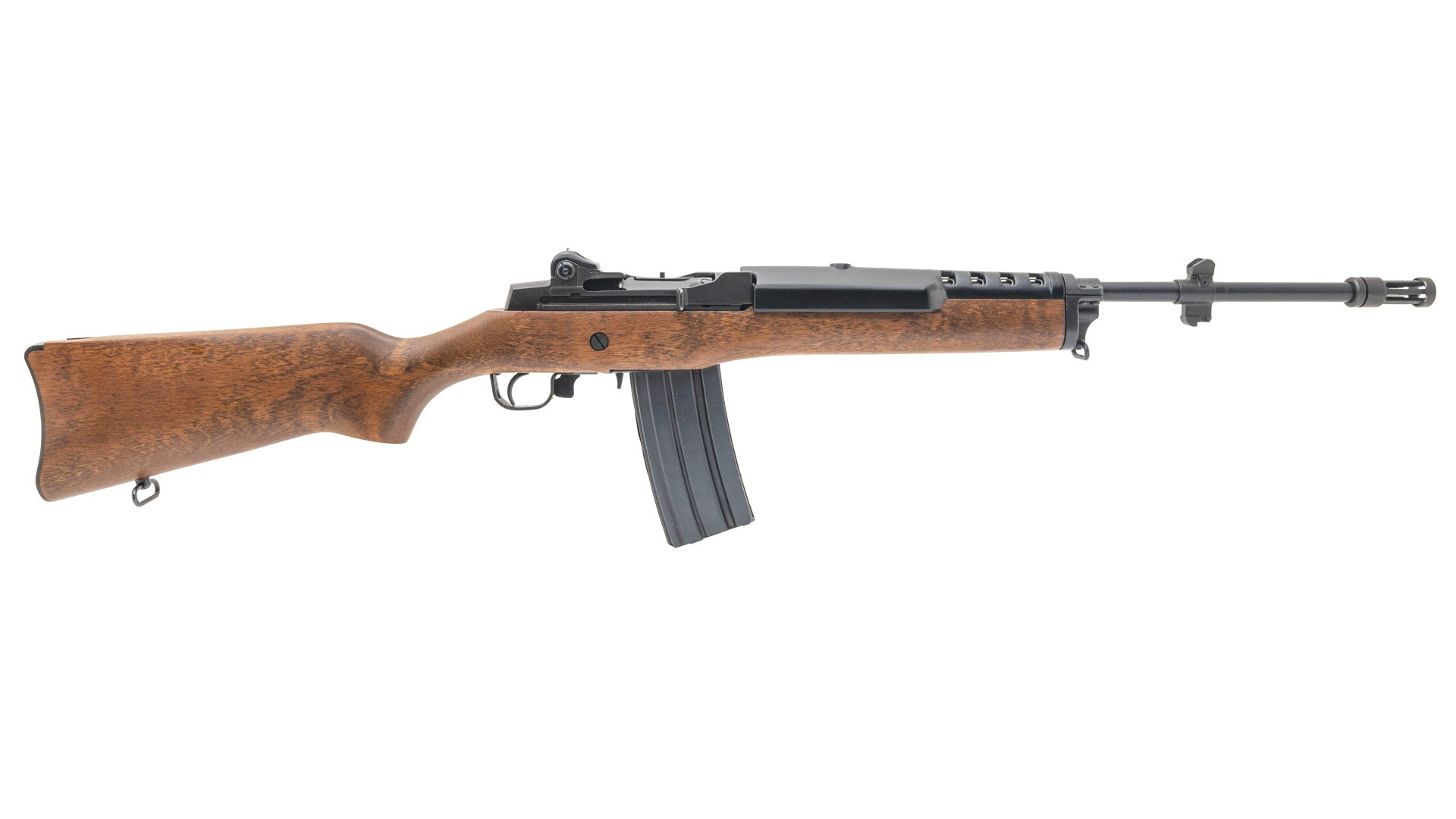
Of the two, I feel that I am a better rifle shooter than I am a pistol shooter. However, when it comes to coaching, I am a far better handgun coach. Why? Well, it's simple: I’ve made every marksmanship mistake imaginable while learning how to shoot a pistol. Although it took several years to correct the bad habits that I have built, it taught me what doesn’t work and empowered me with the ability to identify the behavior and relay that information to my students. They also appreciate hearing it from a place of experience, as it comes across a bit more gently.
My pistol shooting position was wonky from the ground up, so why don’t we start there? Whenever I teach, I say in jest, “The biggest problem that people have when trying to assume a pistol stance is that they are trying to assume a pistol stance”. This statement speaks to the inherent, natural nature of a typical pistol stance.

The easiest way to understand what your feet and legs should look like is to watch what you (or someone else) look like when they are waiting in line at a grocery store. Your feet should be at their natural spacing, or just a soles width outside of your shoulders, with little to no staggering. I have seen some crazy things in my time, with my favorite students striking a pose so wide that that is best likened to Charlie’s Angels. On the other hand, I have also taught a few “ballerinas” to complete with the crossing of ankles. In short, relax your quads and your hamstrings, neither should be getting a workout.
Moving up to the knees, there should indeed be a slight bend but you shouldn’t be squatting. Most shooters who have trouble with this either “lock” their knees by hyper-extending their legs or get into a stance that mimics what you might do at a filthy gas-station toilet. The idea here is to again just allow your legs to relax. I believe this misnomer is the product of terrific instruction that has played the “telephone game” over the years. Therefore, instead of saying “bend at the knees,” I now instruct students to “relax their legs." This promotes that “next to nothing” approach and allows them to recover from recoil better and be ready to move should they need for competitive or defensive purposes.
This brings us you the upper body, namely the torso and shoulders. Here, we see the same over/under type of error. On the over side, shooters tend to bend too far forward, generally at the waist as if they are beginning to bow. The problem here is that there isn’t enough core support to control recoil and follow-up shots are either going to be slow or scattered.

On the other side of the scale, shooters that are leaning backward are going to be pushed to the point where they will need to reestablish their stance, especially if they are shooting something with significant recoil. The best instruction that I have in this area is to complete your stance with a slight roll of the shoulders. The idea here is to keep everything between your belt and your upper chest in line with the rest of your body while gently rolling your shoulders just forward of your belt buckle.
So how do pistoleers find themselves leaning one way or another? Nearly always the culprit is their presentation. Your body is designed to stay erect, therefore whenever you offset your balance by holding something outstretched your body will react appropriately. A pistol that is presented in an overhand “flicking” motion usually puts a shooter’s weight farther forward than they wish. On the flip side, an underhand swoop (like bowling) will usually leave you with your weight pitched backward. The best way to avoid these pitfalls is to rotate the gun as soon as it clears the holster and work on keeping the muzzle level during the entire presentation.
A good presentation should feel like a basketball chest pass, or a pushup. Another way to think of it is to imagine somebody in front of you trying to yank the pistol out of your hands by the muzzle. The last bit of information needed for a good presentation is where to stop. The answer goes back to what is natural. I describe this point as the point where your arms are fully outstretched but your elbows are not starting to roll towards the ground. Those with an elevated optic might need to maintain a slight bend or present a tad lower to find the dot faster, and there is nothing wrong with that at all.

Of course, if your grip is poor, all of the previous points are moot. Consider your hands to be the screws that hold your rifles barreled action into the stock; there is little room for error. With that in mind, an entire article can be devoted to this critical aspect of pistol shooting alone. Let’s narrow it down to a few of the most important metrics to paint an uncluttered picture. First, you want both hands to be as high up as possible. This lessens the angle that recoil has to act on your wrists and takes away its mechanical advantage.
Start by placing the web of your shooting hand up as high on the backstrap as possible without getting in the way of the slide’s stroke. One of the easiest ways to do this is to drive your trigger finger up high on the frame or slide; the rest of your hand will follow. I love getting that tidbit out because it is one of the many avenues where form and safety intersect. Finish your shooting hand grip by allowing your thumb to gently rest alongside the frame. Moving over to the support hand, simply repeat what you did with the shooting hand.

The key here is to place your support thumb muscle in front of your shooting thumb muscle, not on top of it. If done correctly, your hands will fit together like two puzzle pieces and you will gain control over recoil through friction, not grip strength. This is important because you can only squeeze so hard before you lose dexterity in your trigger finger.
I would love to tell you that the preceding is my original material and that it has some nice-sounding acronym that looks cool on a patch, but it isn’t. No, these tips are the collective advice from several industry professionals and competitive shooters, I only get the credit for organizing it in my own words. These techniques have worked to cure my own deficiencies and I have employed them with several thousand students at Renaissance Firearms Instruction to the same outstanding effect. Above all, remember that less is more and like all things in life, if you have to force it something is probably wrong.






































